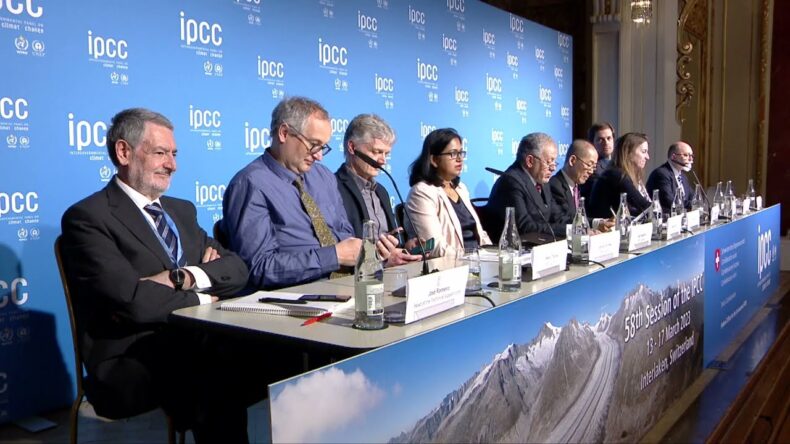The coastal regions of Maharashtra are also on the warning list for potential calamities with global warming leading to increasing sea levels, experts cautioned, amid all the dire warnings in the IPCC report’s 2024 projections.
Table of Contents
Dr. Anjal Prakash, Research Director of the Indian School of Business, cautions that coastal communities will be seriously threatened by the expected rise in sea levels of 1.1 metres (3.7 feet) in the western Indian state, which has a straight coastline of 720 kilometres from Palghar (bordering Gujarat) to Sindhudurg (bordering Goa).
He served as the Coordinating Lead Author and Lead Author for two of the six IPCC-2024 reports synthesised for the sixth assessment cycle together with other experts.
Dr. Prakash issued a warning that by the turn of the century, as the Earth warms, significant cities, hundreds of villages scattered throughout the coastal districts of Palghar, Mumbai, Thane, Raigad, Ratnagiri, and Sindhudurg, as well as other infrastructure dotting the seashores, may be more vulnerable to floods, coastal erosion, and other calamities.
“Global warming has resulted in the waters being warmed by 0.8 degrees Celsius from the beginning of the industrial period around 175 years ago (1850). This ocean warming has resulted in an active water cycle, which has boosted cyclone frequency and intensity “, he said.
In support of his claim, he highlighted a recent research from the Indian Institute of Tropical Meteorology (IITM), Pune, which revealed “a significant increase in the number of cyclones and related extreme weather events throughout coastal areas as compared to prior years.”
Effects already noticeable in Maharashtra and nearby areas
While being relatively recent, like Cyclones Nisarga (2020) and Tauktae (2021), this phenomena has already caused damage and will continue to do so in Maharashtra, notably along the Konkan coast, which includes Mumbai, adjacent islands, creeks and estuaries, major and small ports, forts, and other notable sites that includes a petrochemicals complex and a nuclear power plant in the area.

Around 40 crore (400 million) Indians would be affected by these extreme weather conditions and an increase in pre- and post-monsoon cyclones in the Arabian Sea in the future decades, according to other specialists of the Association for Scientific & Academic Research (ASAR).
According to the IPCC’s worldwide data, fish productivity has decreased as a result of climate change, and Prakash noted that this has important implications for coastal communities that must be taken into account.
The expert suggests a few short-term and some long-term actions that might be taken to mitigate the looming catastrophes.
“Downscale the climatic scenarios for each Maharashtra district and sub-district to better understand the impacts of climate change there and then decide what steps are required. A Climate Adaptation Plan to address problems at the sub-district level is one of the short-term approaches. Dr. Prakash said, ” A bottom-up approach must be used to review adaptation and mitigation measures after evaluating how climate change is hurting people’s livelihoods.
In terms of long-term policies, he believes they must incorporate a top-down approach where global climate scenarios and projections are carried down to the local level, or at the very least, the sub-district level.
Dr. Prakash stated that a long-term plan with at least the next 15 years in mind is required to achieve climate change mitigation and adaptation initiatives.
The recent occurrences of unusually heavy rain in several regions of India were predicted by IPCC reports and climate models, according to ASAR scientists, who also note that heavy rains immediately before agricultural harvesting were “never expected.”
Farmers who depend on climate-related agriculture or similar jobs have suffered significant crop losses for which they must be paid, and such extreme weather occurrences have a disastrous impact on their life and means of subsistence.
Read the complete report here: https://www.ipcc.ch/report/sixth-assessment-report-cycle/













